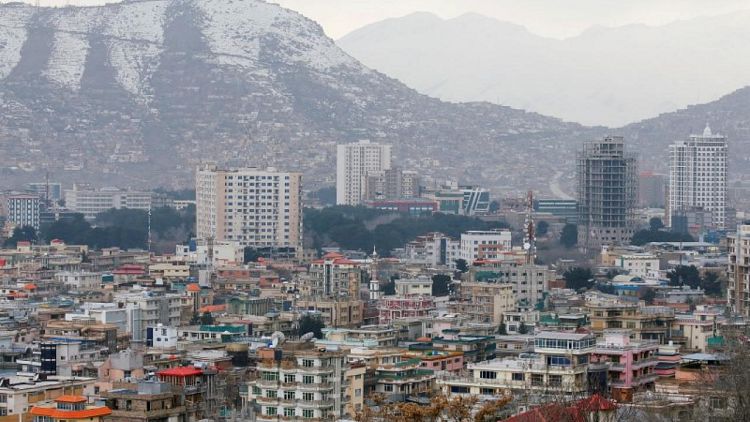- The insurgent Taliban have captured Afghanistan's second- and third-largest cities, and a town just south of Kabul, and now have their sights set on the capital.
Here are some facts about the city and previous assaults:
CURRENT SITUATION
- U.S. officials have said the insurgents could make a move within days on the city, whose population of 5 million people has been swollen with thousands fleeing other parts of the country. Thousands of troops from the United States and Britain are flying in to secure the airport and their embassies as foreign missions start evacuating personnel.
- The Afghan army has vowed to defend the capital.
- Kabul covers an area of about 1,000 square km (400 sq miles) and is ringed by mountains. There are four main roads into the city: from Maidan Shahr in the southwest, Pul-e-Alam in the south, Surobi in the east and Bagram in the north.
- The Taliban took Pul-e-Alam on Saturday without much resistance, a local provincial council member said.
- The Taliban say they are close to capturing Maidan Shahr.
- They have already taken Ghazni, down the road from Maidan Shahr, and have a strong presence in surrounding areas. They are comparatively less strong in the east and north, although the situation could change rapidly.
PAST ASSAULTS ON KABUL
- In 1996, the Taliban conquered Kabul from the Mujahedin alliance with an assault through Surobi in the east. At the time the Taliban had taken Jalalabad, an eastern city near the border with Pakistan and mounted the assault from there. After winning a battle at Surobi, the Taliban marched unchecked into Kabul. For now, Jalalabad is still with Afghan government forces.
- In 2001, U.S.-backed forces re-took Kabul with an attack from the north, entering the city via Bagram after a barrage of air strikes killed hundreds of entrenched Taliban fighters who had formed a defensive ring.
- Bagram airbase, 64 km (40 miles) north of Kabul, is the country's most significant military asset and was the seat of the U.S. military during the 20-year-long Afghan war before they vacated it just a month ago. The base is now in the hands of the Afghan military.
POWER AND TALKS
- The Taliban have no air power and have used artillery and rockets followed by ground assaults while capturing other cities and provincial capitals in recent weeks.
- A bloody battle for Kabul could be avoided if a political solution is struck between the government and the Taliban.
- The insurgents have insisted they will not negotiate with a government headed by President Ashraf Ghani
- Ghani has shown no inclination to move. On Saturday, he said he was in urgent talks with local leaders and international partners and that "re-integration of the security and defence forces is our priority".
